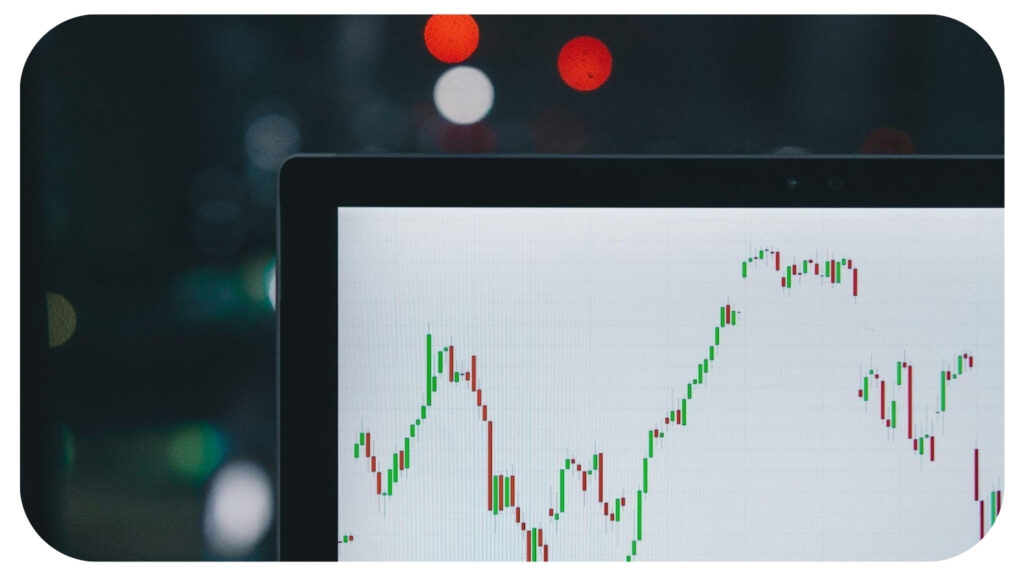Tyrone Phipps on Navigating Today’s Debt and Equity Markets

Debt and equity markets play a central role in shaping the financial decisions of businesses and investors. These markets determine how companies raise capital, whether through borrowing or selling ownership stakes and how investors allocate funds for growth. Understanding these markets is vital for success. Managing Director of CrownGate Capital Inc., Tyrone Phipps, explores how staying informed helps businesses secure funding and investors make smarter choices in a constantly shifting economic environment.
Understanding the Basics of Debt and Equity Markets
Debt and equity markets are key to global finance, providing capital for individuals, businesses, and governments. Each market has distinct purposes and benefits. Debt markets connect borrowers with lenders, offering funds without giving up ownership.
Borrowers issue instruments like bonds or loans, promising interest payments and principal repayment. These markets are favored for predictable returns and lower risk, especially with trusted issuers. They’re a reliable way to fund projects or operations across economic conditions.
Equity markets let companies raise funds by selling shares, giving investors ownership stakes. Companies may launch an Initial Public Offering (IPO) or offer additional shares later. Equity financing supports growth without repayment obligations. Investors earn through potential price increases or dividends but face higher risks due to market volatility. These markets link business growth and investor opportunity, delivering shared success.
Factors Influencing Debt and Equity Markets Today
Debt and equity markets are influenced by factors like interest rates, inflation, geopolitical events, and technology. These elements shape funding costs, capital flow, and investment decisions.
Interest rates impact borrowing costs and returns on savings, influencing market activity. Higher rates make borrowing expensive, reducing debt issuance and shifting investors toward bonds. Lower rates encourage borrowing and often boost stock market valuations. Inflation complicates this by eroding returns, often leading central banks to raise rates. This creates uncertainty as investors weigh borrowing costs against potential inflation-driven earnings.
Political instability, trade disputes, and global conflicts disrupt markets. They can lower corporate profits, hurt stock valuations, and push investors toward safer assets like government bonds. Conflicts or sanctions can increase energy prices, raising business costs and spurring demand for secure investments like long-term bonds.
“Today’s technology enhances market efficiency and access,” says Tyrone Phipps. “Algorithmic trading improves speed and liquidity but increases volatility during market stress.”
Digital platforms make investing easier for individuals, expanding participation. Advanced analytics offer better insights but raise cybersecurity risks and concerns over outages. These changes improve transparency and efficiency while posing new challenges.
Strategies for Navigating Modern Debt and Equity Markets
Navigating debt and equity markets requires balancing risk and return while adapting to evolving financial conditions. Investors and businesses should focus on diversification, research, and professional advice to make smarter decisions and strengthen their strategies.
Diversifying across asset types, sectors, and regions helps reduce risk and better manage market changes. A mix of bonds, stocks, and alternative investments can improve stability. Bonds provide reliable income, while equities offer growth potential. Spreading investments across industries like technology or healthcare and adding international options can protect portfolios from localized downturns.
Thorough research and proper timing are key for decisions. Analyzing economic trends, company performance, and interest rates helps identify opportunities. Fundamental analysis evaluates financial strength, while technical analysis tracks market trends.
Notes Phipps, “Avoid making emotional decisions — stay patient and focus on long-term goals, even during uncertain periods.”
Professional guidance can provide valuable expertise. Financial advisors offer tailored strategies, help optimize portfolios, and guide decisions on complex investments. They also prevent impulsive mistakes and structure capital-raising efforts for businesses. Combining individual research with expert input allows for smarter, more confident actions in today’s markets.
Future Trends in Debt and Equity Markets
Debt and equity markets constantly evolve, influenced by a mix of global shifts, investor priorities, and regulatory developments. As participants seek to adapt to changing conditions, several emerging trends stand out. These trends offer insight into how markets may develop in the years ahead, reshaping how businesses raise funds and how investors allocate capital.
Emerging markets continue to play an increasingly significant role in the global financial system. Countries such as India, Brazil, and Indonesia are drawing more attention from investors due to their high growth potential and expanding middle classes. Their economic development, coupled with improvements in infrastructure, has created opportunities for both equity and debt issuance. Businesses in these regions are accessing capital to drive innovation and expand operations, making them attractive targets for foreign investment.
Cross-border investments have also become more prominent, driven by advancements in technology and financial platforms. These tools make it easier than ever for investors to access opportunities outside their home countries.
For companies, tapping into global markets allows them to diversify funding sources while reducing dependency on domestic conditions. For investors, emerging markets often offer higher returns in exchange for increased risk, balancing portfolios in ways not possible with investments limited to developed economies.
“The growing interconnectedness comes with challenges, including currency risks and exposure to local political or economic instability. Still, the potential for growth in these markets may outweigh the risks for many participants,” says Phipps.
As globalization continues to expand its influence, emerging markets will likely remain a key piece of the financial landscape. Investment decisions increasingly prioritize environmental, social, and governance (ESG) factors. Investors today are looking at potential returns but also measuring the broader impact of their financial activities.
Businesses have responded by issuing “green bonds” and creating equity offerings linked to sustainable development goals. These instruments fund projects such as renewable energy, sustainable infrastructure, and community welfare programs, aligning profitability with purpose.
Demand for ESG-based investments has surged, driven largely by younger investors who value ethical considerations alongside financial returns. Many institutional investors, such as pension funds, have also added ESG criteria as a core part of their strategies. These shifts have encouraged both large corporations and small enterprises to reassess their practices to meet evolving investor expectations.
Regulatory measures in some regions now require more transparent reporting on ESG impacts. This increased accountability ensures that companies following responsible practices are rewarded in the markets, while those lagging behind face greater scrutiny. The push toward sustainability is not a passing trend—it reflects a notable shift in priorities that will likely reshape how debt and equity markets operate in the future.
Understanding and participating in today’s debt and equity markets requires a clear grasp of both fundamentals and evolving trends. These markets, influenced by economic factors, technology, and global events, present opportunities and risks that demand thoughtful analysis and strategic planning. Whether raising capital or seeking investment returns, participants benefit from a balanced approach that incorporates proper research, diversification, and professional insights when needed.
Staying informed is essential. Markets continue to shift, shaped by factors such as regulatory changes, sustainability demands, and advancements in financial tools. Readers are encouraged to take an active role in shaping their financial strategies by aligning actions with current market conditions and long-term goals.
As financial environments grow increasingly complex, thoughtful decisions today can lay the foundation for success tomorrow. Understanding the interplay of debt and equity markets means staying one step ahead, prepared for whatever comes next.
Recommended For You
A Guide to Finding the Right IT Support Partner
Most Inside
Most Inside offers high-quality recommendations and valuable updates to enhance all aspects of your life, providing premium guidance and enriching experiences.




